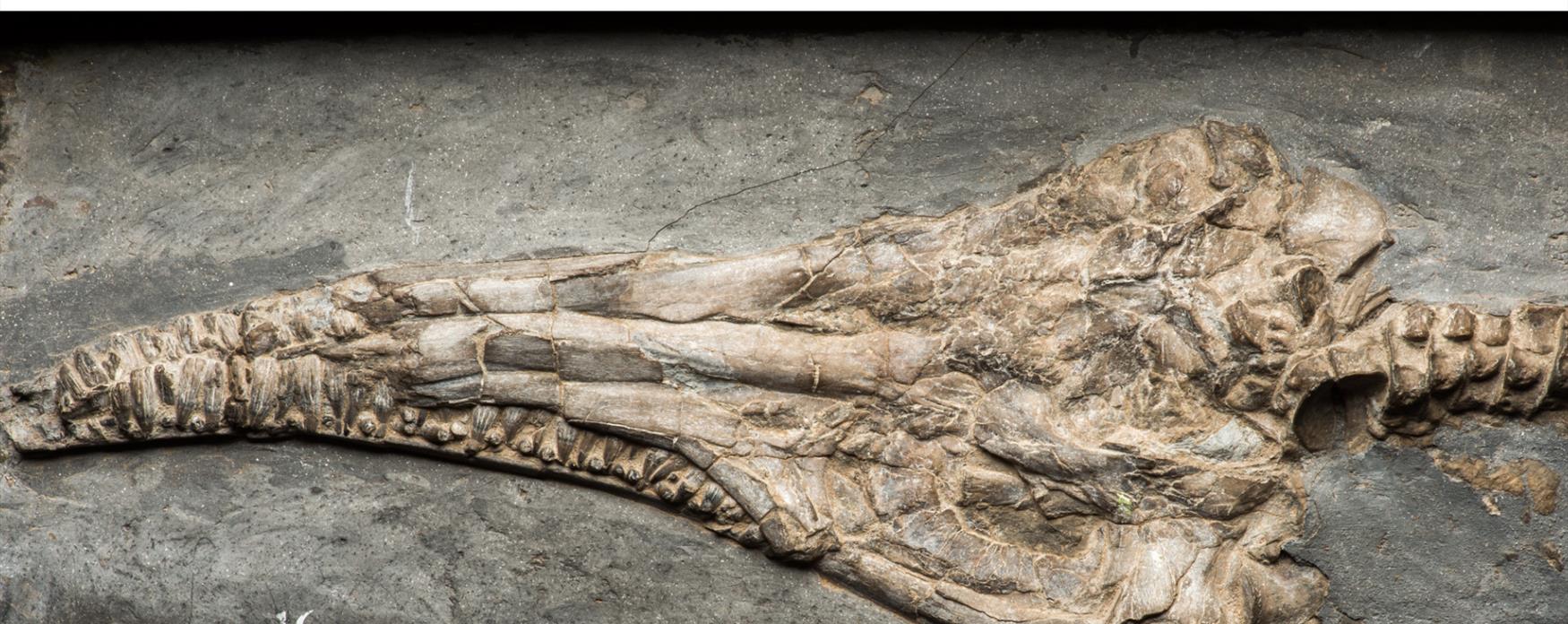My Planner
To build your own Itinerary, click  to add an item to your Itinerary basket.
to add an item to your Itinerary basket.
Already saved an Itinerary?


You are here: Education and Engagement > A New Jurassic Coast Museum > Imagine
Imagine
The feasibility study is an essential piece of work that will help indicate where a new museum could be built, how it could run, how it might support existing museums and the role it might play in the local economy. But, behind the dry work of mapping transport routes and assessing population demographics, behind the technically worded vision statement, is a dream. A hope of what could be.
Picture in your mind …
You walk into a large welcome lobby, behind the desk are friendly staff trained to provide information about the entire World Heritage Site as well as the rest of Dorset and East Devon’s beautiful and fascinating natural environment. You take in the wall-sized map of the Jurassic Coast beside them, giving you an impression, at a glance, that it’s a big and inspiring place with lots to explore. You could spend the next twenty minutes chatting about what there is to see and do, perhaps planning a day trip or an entire week’s activities with the help of one of the staff. Instead, you buy a ticket to the exhibitions. You came here to learn more about the Jurassic Coast and you know that this is the place to start.
The first gallery opens before you as a journey through time, exploring the Triassic, Jurassic and Cretaceous periods and the earth shattering upheavals that took the world through tectonic drift, the reshaping of continents and the carving out of the landscape we see today. The prehistoric past is brought to life in ways that rival the best national museums, but the highlight is the fossils. From tiny insects to enormous reptiles, you have never seen a better display of fossils before in your life. But these aren’t just objects. They tell a story, and not just about the past, but about the present - how the world works, the role of evolution, environmental change and extinction, and about how climate change is a challenge as old as life itself and one we must take seriously. These ideas are brought together to emphasise the connection between geodiversity, people and place, leaving you with a feeling of celebration and hope. In the final parts of the gallery the modern landscape of the Jurassic Coast appears to have been brought indoors. You watch families crowd around to operate working models of landslides and rock falls, you are drawn in to experiment with a storm simulator for much longer than you expected to be, and then take a moment to sit in a quiet space off to one side where 360 projections place you on the beach itself, surrounded by the simple sounds of nature and the tranquil beauty of the coastline.
Moving out of the immersive exhibition you pass through a more neutral space with benches along one side facing a wall of glass. On the other side of the glass is a high tech lab where you can see people working on specimens. The National Fossil Conservation Centre is written in large letters on the wall above the windows. You pause for a while to watch. There are small panels to explain the work that is underway. One woman, a PhD student, is cleaning a large specimen. You can’t tell what it is but the small notice next to her explains that it is an ichthyosaur that was recently recovered in West Dorset and that it is being studied as part of a research project in partnership with the Natural History Museum in London. Further along, there are other specimens mounted behind the glass so people can get a better view of them. One is a small Triassic specimen that was recovered decades ago but had been hidden away in a storage box at Leicester Museum ever since. Now it was exquisitely prepared and destined to go back to Leicester not for storage, but for display.
The next room is not like either of the previous two. This is more like an art gallery. Specimens are mounted and lit in a way that showcases their beauty as objects. Small labels provide the basic information about each specimen and the name of the preparator who worked on them. You notice they are all ammonites, but another panel explains that in a few weeks’ time this space will be transformed to host an exhibit of fossil fish never before seen by the public.
As you wander out into the museum shop you are left with a feeling not only of the breadth and depth of the significance of the Jurassic Coast but also of the people, effort and support required to continue to look after it. You buy up a photo postcard of your favourite ammonite and a guidebook to the Jurassic Coast. Amongst the noise of chattering school parties, some leaving, others arriving, you sit in the café for tea and cake, flick through the guidebook and in your mind plan a trip to see the places where some of these fossils came from and also the inspiring landscapes of Dorset and East Devon that have so much to reveal about the history of our planet. When you come back here it will be to see those fish on display, and to find out how that PhD student is getting on with her specimen. You’ll bring a friend too. Someone to share the wonder.
This is just one version of the kinds of thoughts and feelings running through the minds of the team here and some of our partners. It is not a concrete plan. That must emerge from close collaboration with partners and communities over the coming months. But if we don’t allow ourselves to dream, to imagine what could be, then the aspiration to address a key conservation need for the Site and transform the way people can engage with its incredible stories will never be realised.
Inspiration
 Experience all of the Jurassic Coast
Experience all of the Jurassic Coast Explore the area
Explore the area Get outdoors and active
Get outdoors and active Fossils of the Jurassic Coast
Fossils of the Jurassic Coast Places to Go
Places to Go Dog Friendly Beaches
Dog Friendly Beaches Explore the area
Explore the area Places to Stay
Places to Stay Travel Information
Travel Information
© Jurassic Coast Trust Trading Co. 2024. All Rights Reserved





